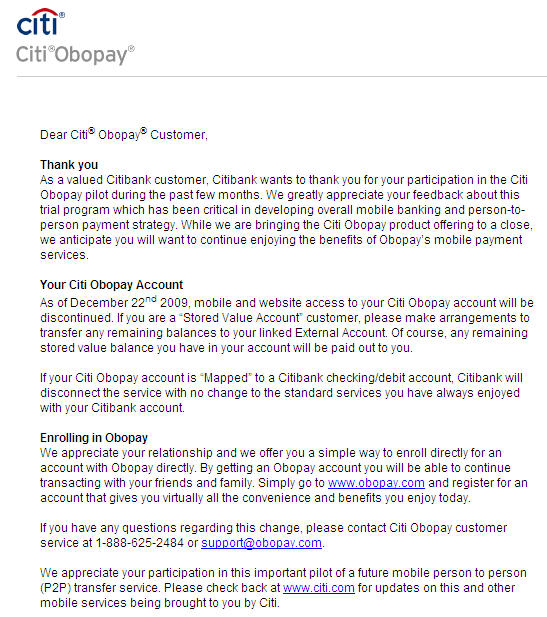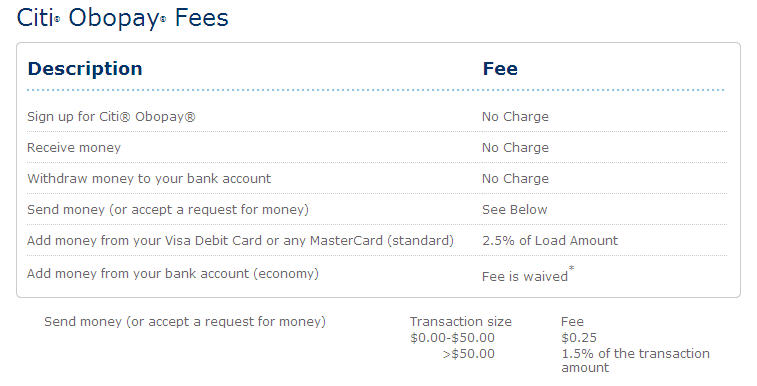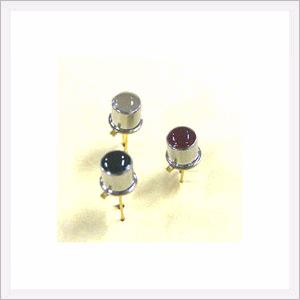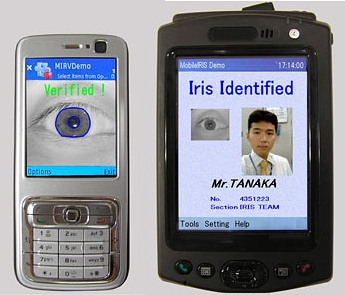Tackling regulatory and consumer issues in emerging markets
While I was consulting w/ regulators and banks in Malaysia, I asked about the penetration of cards. The response from a lead banker was “Cash is King”. This response is a great summary for the key issues facing MNOs, FSIs and Regulators attempting to improve electronic payment penetration in emerging markets. Adoption of new payment mechanisms in developed countries has historically taken 20-30yrs. Emerging markets will surely proceed at a faster pace, but the work to be done is greater given the absence of: regulations, consumer protections, and electronic/physical infrastructure (among both banks and MNOs).
“Cash is King” may be too much of a generalization to extend to all markets, but in Malaysia consumer research indicates there are substantial consumer hurdles for FSIs trying to capture the unbanked population (trust, access points and overall committed to cash chief among them). For domestic FSIs in SE Asia, the consumer data shows that MNOs are better positioned (reputation/brand/service/efficiency) to deliver on the mobile money proposition. MNO’s position stems from the value that they deliver, with mobile money serving as the principle mechanism to retain access to MNOs services AND move from “informal” communication to money centered “business” communication. MNOs in emerging markets therefore have a unique opportunity to attract consumers to mobile centered “value store”.
Software providers (ISVs) attempting to address the “unbanked” world will face the following challenges:
- MNOs are adept at software development. Look at MPESA, GCASH, ZAP, …
- Business case separate from MNO is very, very challenging. Payments is a difficult business for banks.. it may be an impossible business separate from either bank or MNO.
- No private investment capital. NGO and micro-finance organizations I have spoken with are highly skeptical of technology use for unbanked (even for loan officers). Further, their involvement suppresses margins as government resources are allocated to achieve goals that are not following a profit motive. ISVs will need to make difficult decisions on whether to focus in the “For Profit: of “Not for Profit” areas.
- Many willing to listen to your idea, or let you prove out your value.. without much commitment for revenue.
This is not to say that there are no ISV opportunities in emerging markets. Once value is stored in the network businesses will certainly attempt to connect in order to attract and service customers. This is where developed country ISVs have excelled (HK, SG, AU, Korea, Japan, EMEA, …). However, the developed countries had a well established banking infrastructure PRIOR to channels like internet and mobile (with a commensurate evolution in the respective regulatory regime). Within emerging markets the “starting point” is different (BOTH telecommunications AND banking services are immature) which may result in a different evolutionary path for mobile, banking, payments and regulations. Message to VCs: question your assumptions and adjust your paradigms.
A number of ISVs are attempting to establish a turn key payments system (the mobile money “switch”). However, Banks and MNOs business models are historically centered switching, and hence these established entities are highly motivated to continue control of both the infrastucture and all IP around it (opportunities for ISVs in this space may be limited). Fertile markets for ISVs may tend to be in areas which support either businesses or consumers in mobile commerce. Examples:
- Hosted service that allows African governments to send pensions to multiple mobile banking plans
- Text based “comparison” services for consumers,
- Mobile banking infrastructure (ex: open new account, credit score using social networking data)
- Mobile “bill pay” services for utilities
Regarding technology use in unbanked… Perhaps “unbanked” is too large of a segment.. perhaps we should separate out sub-groups like “unphoned”… and consumers that own a phone but are committed to cash only (?traditional unbanked?). Given that some readers of this article may represent NGOs and governments that are focused on use of technology in microfinance, it is important to deliniate segments served by MNOs and MFIs. Perhaps creation of a segment such as “micro finance unphoned” MFU segment is necessary (I would love to see consumer demographic data here). The MFU segment is being successfully served without technology in lending models firmly established (See Grameen model). Given this “success without technology” NGOs are particularly skeptical of the use of any additional costs (or intermediaries) to serve these consumers. Established (for profit ISVs) vendors will be challenged to create a sustainable low margin business in the MFU space given the influence of NGOs, and subsequent margin compression.
Focusing on “unbanked”, exclusive of the segments above, the entities most capable of tackling the range of issues here are: MNOs, large banks, large retailers, and state agencies. “Trust” is something earned over many years… In emerging markets, I would expect to see very simple services that can have very broad impact, with very little assistance from external vendors for following reasons:
- Nature of network effects are that you must deliver value to everyone on the network (whether a bank or an MNO). Successful networks must have established physical distribution points.
- Objective in payments is to establish use and acceptance. Example, receive your pension… now establish a savings account, or send money to your grandson.
- Simplicity lends itself to better risk management, a key for reinforcing the “integrity” of a new payment system. Solid risk management is even more pronounced in the face of new regulations.
- CEO visibility with MNOs, Banks and Retailers. Paying a “US Vendor” for anything relating to a payment function is not likely. Citi mobile teams have built tremendous SMS applications in weeks (sorry Silicon Valley).
- Government Visibility. In addition to CEOs, governments and regulators are highly involved in addressing the needs of their citizens, whether “unbanked” or “unphoned”. Regulators globally are looking to share learnings from Kenya, Philippines, India, … Banks expect between 600M-800M people will gain first time access to financial services over the next 8 years. A tremendous market, that will be served much differently then banks (and retailers/MNOs) have operated in the past.
- Consumer education…. Simple ( SMS). Side note: Did you know that there is a 20% failure rate on SMS in India? Perhaps this is old data.
Side note… Food for thought.
In this CGAP article, is it really access to “cashless payments” that is the issue? or is it the farmer’s inability to find a market for the goat and safely transfer/store the value? The deaths of the SKS workers are truly unfortunate, but if mobile enables value store, won’t thieves then adapt to this opportunity and force a transfer at knife point? Think of the poor farmer with all of his savings locked in his cell phone, overnight the money disappears. What consumer protections are in place so that he gets access to his funds immediately? Indian regulators are tackling these issues today, issues that the developed world has continued to refine over the last 40 years (for electronic payment).
Challenges for ISVs are many, as MNOs are very adept in software development and any “mobile money” value prop is Asia must be either strongly tied to a bank or MNO. VC is very tight here because compressed margins in payments are further exacerbated by injection of government and NGO money.
Feedback appreciated.




